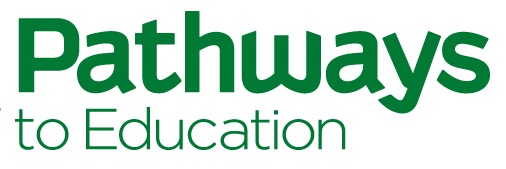The following was written by Sue Gillespie, Pathways to Education Canada’s President and CEO.
As Ontario joins other provinces in announcing students won’t be returning to class this school year, a major societal inequity is being exposed—and it has the potential to set back an entire generation of young people if we don’t act now. Let me present the problem in the form of a question: how does a student learn in this environment if their family can’t afford a computer, a webcam and a reliable internet connection?
What was once viewed publicly as a luxury is now evolving as a right—a necessity for learning. This inequity is widening the achievement gap for students living in low-income communities, who already exist within with fragile ecosystems. These are the students Pathways to Education Canada has been working with for more than fifteen years, providing holistic supports that include transit fare to get to school, free tutoring, mentoring, and employment resources.
While many Canadians take graduating from high school for granted, for students caught in the cycle of poverty, the drop out rate has been known to reach up to 50 per cent. Last year, we commissioned a nation-wide survey to confirm what we suspected: most Canadians are unaware of the magnitude of this problem.
For Pathways students—whether that’s in Toronto’s Rexdale neighbourhood, Vancouver’s Downtown East Side, or rural Quebec—beyond the clear health risks and food insecurity, this pandemic threatens their future success and will have consequences for the rest of their lives. These students live in fragile ecosystems that most of us can’t comprehend. We know there are parents who are having to choose between putting food on the table and an internet connection so their children can continue learning. There are families who no longer have access to a computer at school or work to stay connected with social services. Many are new Canadians trying to navigate this situation with limited English skills. These challenges widen the socio-economic gap for those living in low-income communities.
While schools are closed and social distancing is our new reality, our staff are working hard to stay connected with students and their families to respond to their immediate needs. We have adapted our programming to provide a sense of belonging and hope virtually via a variety of channels, including texting, phone calls, and social media. We continue to test and implement innovative approaches to programming to help minimize the impact on learning, including offering virtual tutoring, career mentoring sessions, cooking classes, and creating social spaces to help manage isolation anxiety. We also continue to connect students and families with local community supports to help them navigate and access available assistance.
But it is clear we can’t do this alone. With the support of both government and donors, over the years we have seen thousands of young people change their fate in the face of massive obstacles—yet no challenge has been as great as the one we are facing right now.
As Canadians unite in this struggle, it’s important that we come together to help our most vulnerable citizens. We welcome your support and ideas to help these young, smart, determined students to achieve the success they’ve worked so hard for. Our future depends on their education.
The barriers to education have never been higher. As the COVID-19 pandemic continues, youth from low-income communities are facing amplified barriers to success that could permanently disconnect them from their education. But it doesn’t have to be this way. Donate today to help them stay connected.
